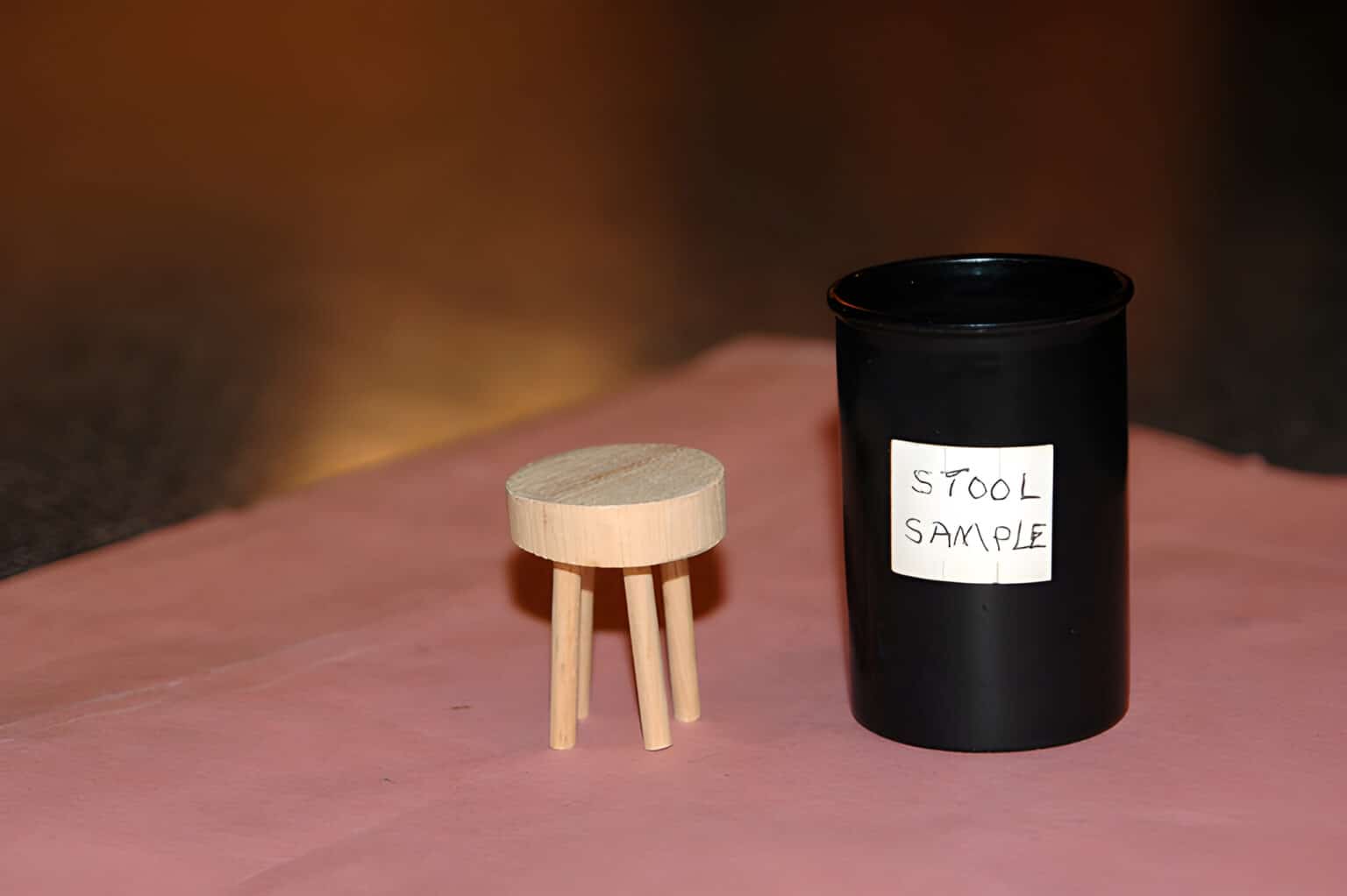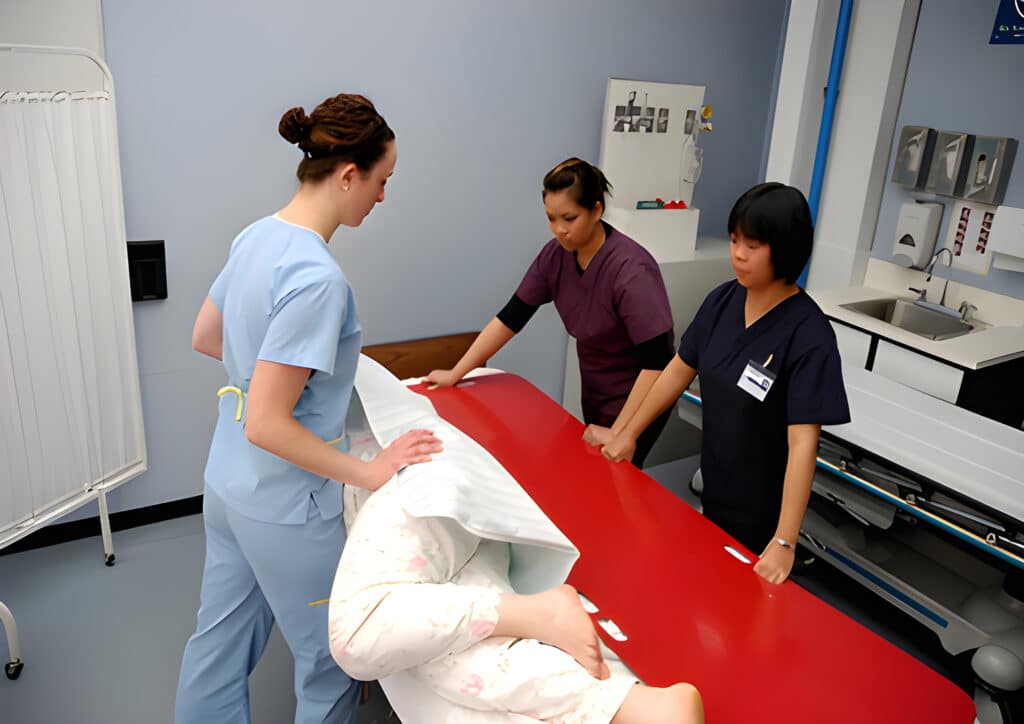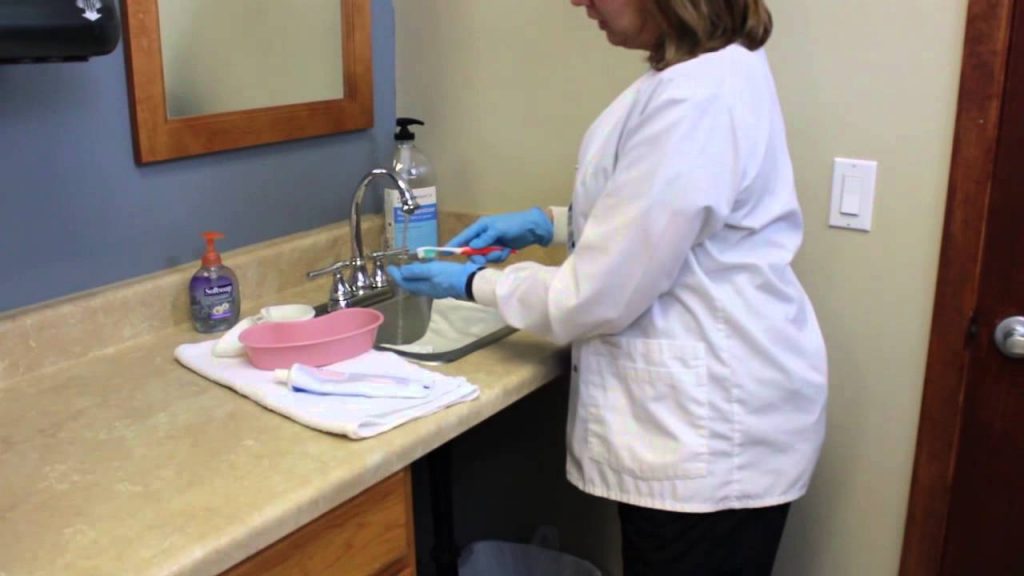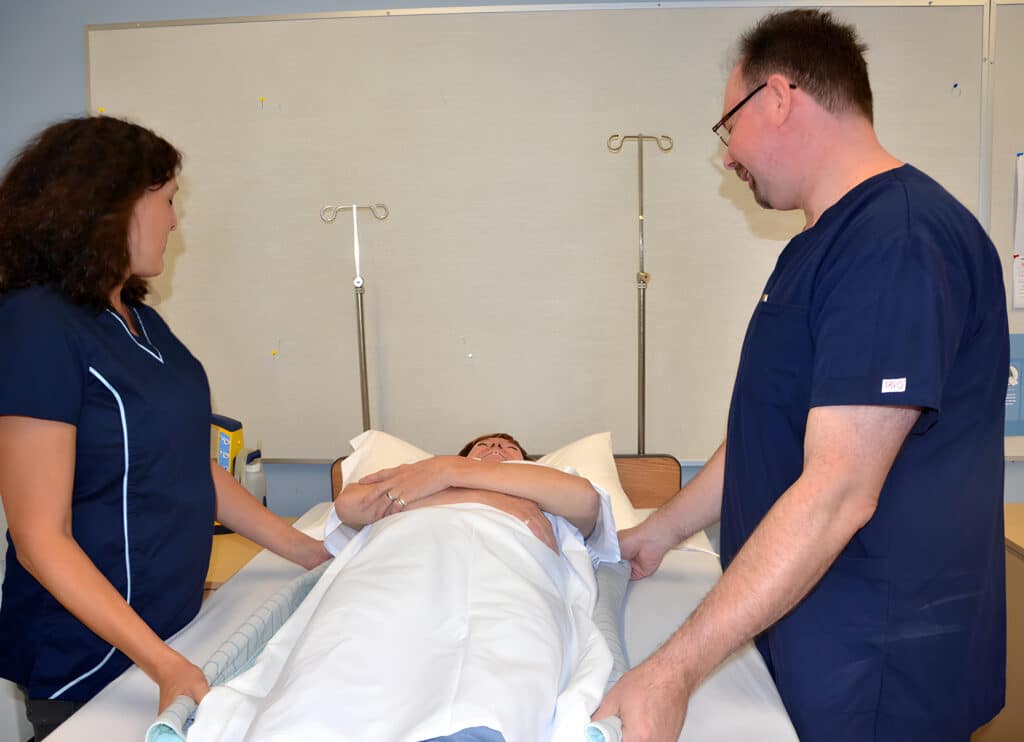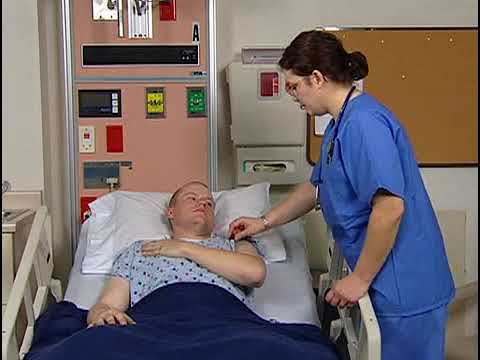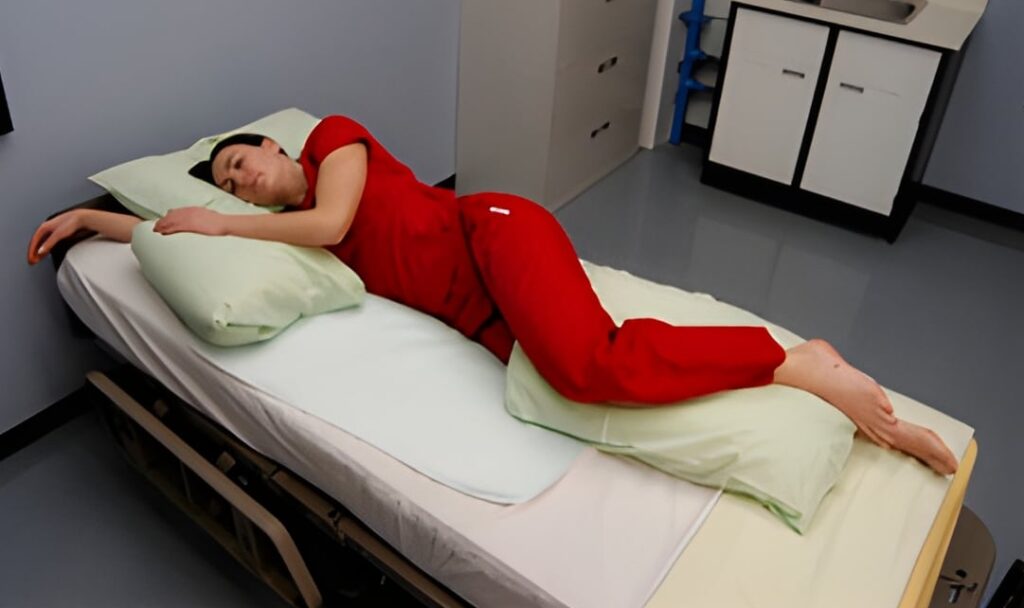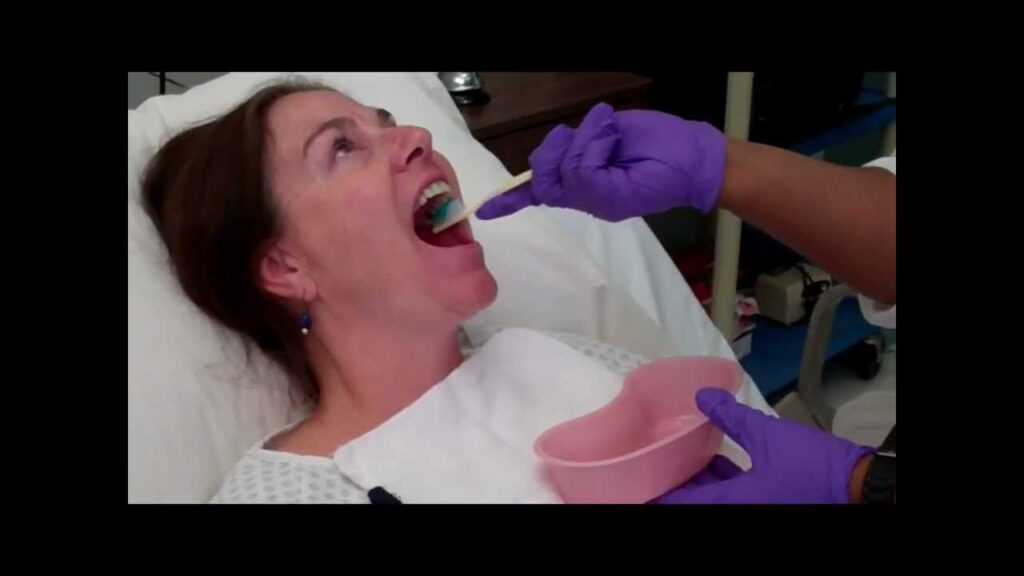Written by Amanda R. McDaniel, MS, BSN, RN
Amanda is a BSN/RN with a MS in Physiology and a BA in English. She worked as a medical writer in the pharmaceutical industry for 11 years before pursuing a career in nursing. She now works as a nurse on a NeuroTelemetry unit and continues to write and edit on a freelance basis. Amanda’s LinkedIn
Stool specimens are collected to test for a variety of disorders from colon cancer to parasites. While it is not the most pleasant job, it is important that the collection is done correctly for accurate results.
How to Collect a Stool Specimen
- Gather the following supplies:
- Gloves
- Specimen pan (aka, hat) for the toilet or a bedpan
- Specimen cup and lid
- Appropriate label
- Tongue blades
- Biohazard bag
- Toilet tissue or perineal care supplies
- Give the patient privacy by closing the door or curtain.
- Perform hand hygiene and don gloves.
- Ask the patient to urinate in the toilet or in the bedpan.
- If in the bedpan, empty the urine into the toilet, and then clean and dry the bedpan.
- If in the toilet, flush the urine, and then place the specimen pan toward the back of the toilet.
- Place the patient on the bedpan or help him onto the toilet. Give the patient time and privacy (while maintaining safety) to have a bowel movement. Return when the patient calls or signals that he is done.
- If the patient is able to clean himself after the bowel movement, provide a trash receptacle for him to dispose of his toilet tissue. The tissue should not be placed in the specimen pan or bedpan with the stool.
- Assist the patient with perineal care and hand hygiene if necessary. Remember to discard the supplies in a container separate from the stool.
- Help the patient back to the bed.
- Note the amount and characteristics (color, consistency, smell) of the stool.
- If the stool is formed (has shape):
- Use a tongue blade to scoop 2 tablespoons of stool into the specimen container, including any blood, mucus, or other discharge.
- Take the sample from the center or from two different places per the order.
- Wrap the tongue blade in toilet tissue and dispose appropriately.
- If the stool is unformed (liquid):
- Carefully pour approximately 2 tablespoons of the stool into the specimen container.
- Place the lid on the specimen container and make sure the lid is tight.
- Change gloves.
- Place the patient’s name label on the container with the date, time, and initials of the collector per policy. This label may go on the outside of the biohazard bag, depending on institutional policy.
- Place the specimen container into a biohazard bag.
- Empty the remaining stool into the toilet and flush. Clean or dispose of the bedpan or specimen pan.
- Remove gloves and perform hand hygiene.
- Document the bowel movement per unit or institutional policy.
- Transport the specimen to the lab per institutional policy.
Reference
S. A. Sorrentino, & L. N. Remmert. (2012). Collecting and testing specimens. In Mosby’s textbook for nursing assistants (8th ed., pp 551-552). St. Louis, MO: Elsevier Mosby.

